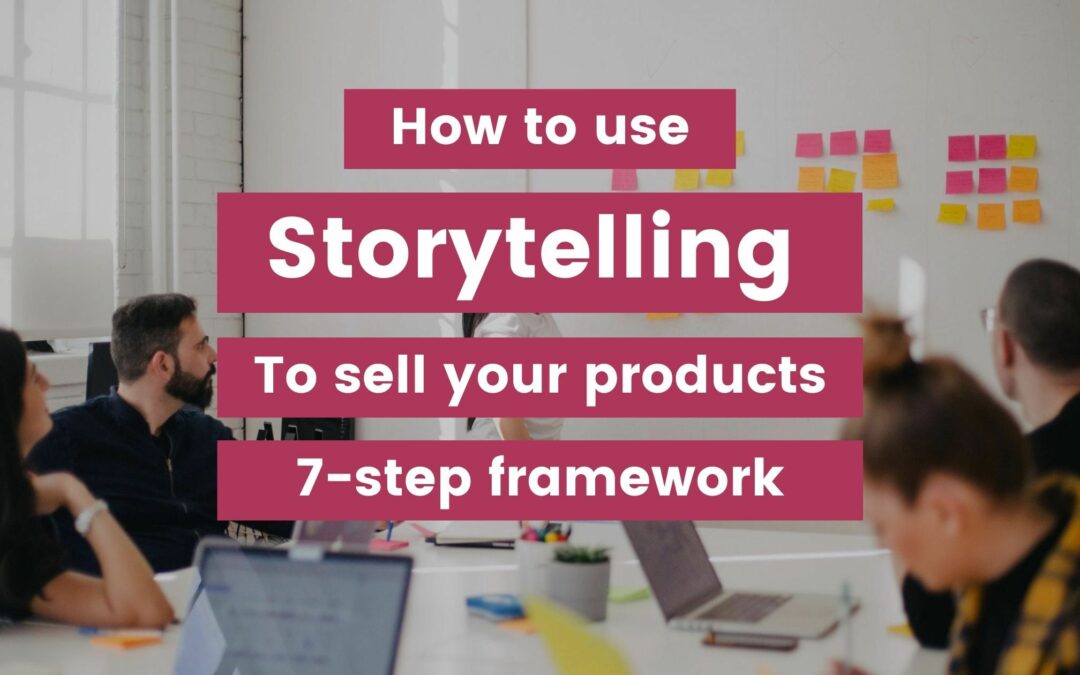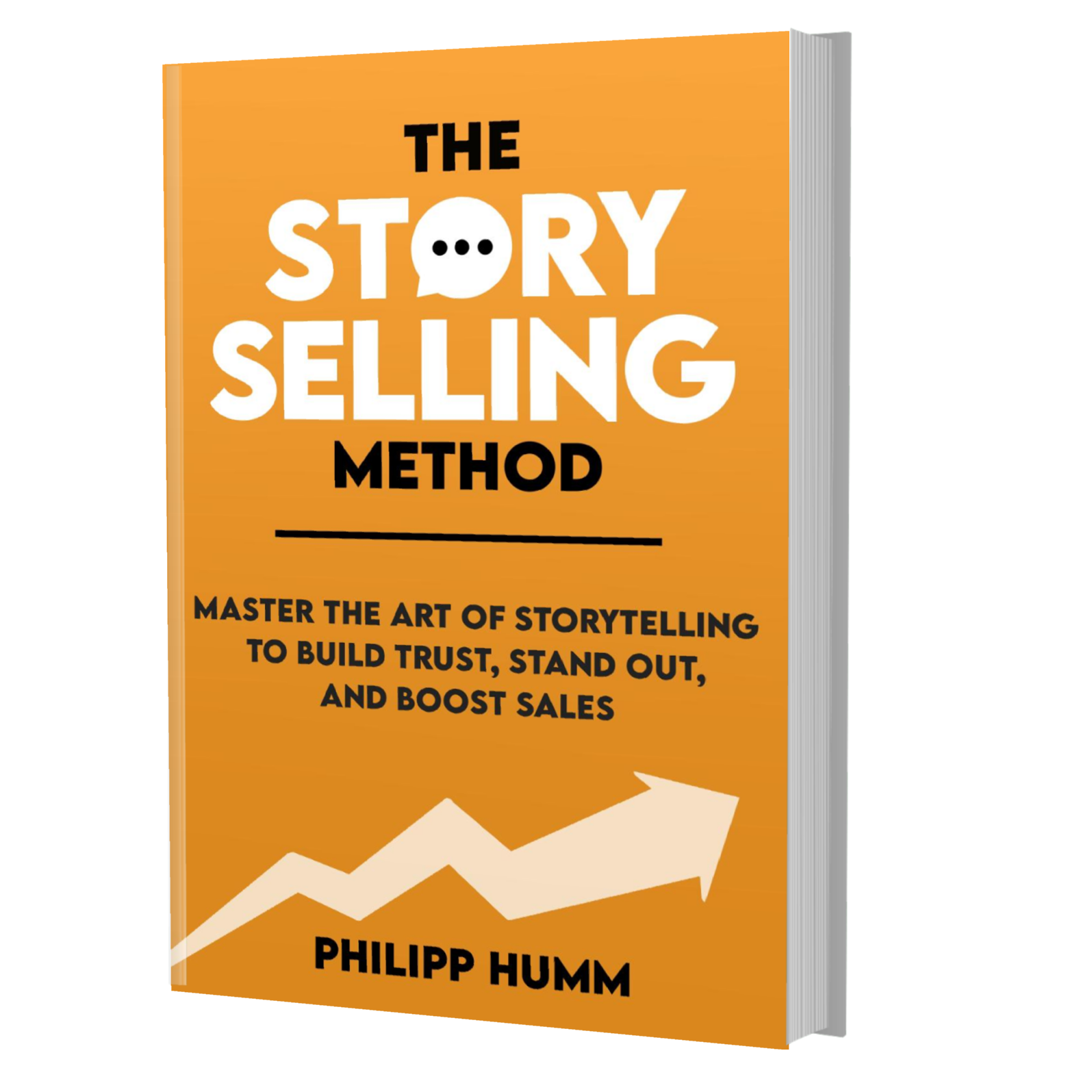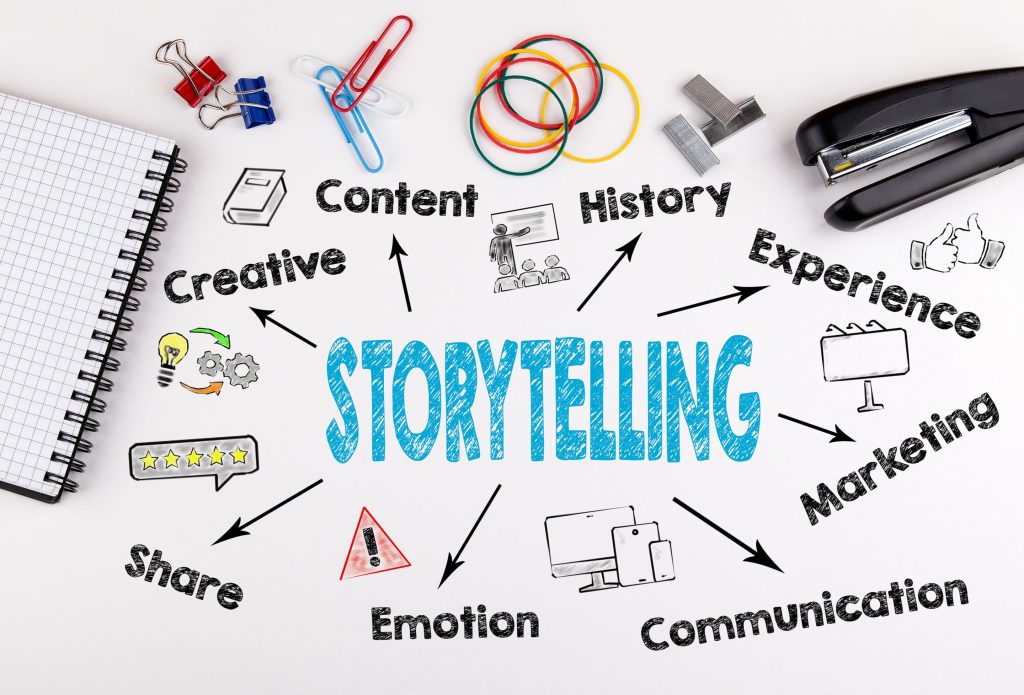Mastering the Art of Product Storytelling: Unveiling the Value of Your Offering

As an interior design expert and architect, I’ve spent years crafting spaces that resonate with people’s dreams and aspirations. I’ve also helped countless businesses communicate the value of their products and services to their target audience. This experience has taught me that the key to successful product marketing lies in understanding your ideal customer, their needs, and how your offering solves their problems.
Let’s break down the process of crafting compelling product narratives that resonate with your audience and drive sales.

1. Defining Your Ideal Customer Persona
Before diving into features and benefits, we need to understand who we’re talking to. Creating a detailed customer persona is crucial. This fictional representation of your ideal customer should include:
- Demographics: Age, gender, location, income, education, occupation.
- Psychographics: Values, interests, hobbies, lifestyle, personality traits.
- Pain Points: What challenges or problems do they face related to your product or service?
- Motivations: What drives their purchasing decisions? What are their goals?
- Objectives: What are they hoping to achieve by using your product or service?



Example: Let’s say you’re selling a high-end, sustainable furniture line. Your ideal customer might be a young professional couple living in an urban environment, passionate about eco-conscious living and design. They prioritize quality, craftsmanship, and unique style. Their pain point might be finding furniture that aligns with their values and fits their modern, minimalist aesthetic. Their motivation is to create a beautiful and sustainable home that reflects their personality.

2. Identifying Key Features and Benefits
Once you understand your ideal customer, you can identify the features and benefits that will resonate most with them.

Features: These are the tangible aspects of your product or service. Think of them as the building blocks.

- Example: For our sustainable furniture line, features might include:

- Materials: Solid wood sourced from sustainably managed forests, recycled materials, non-toxic finishes.
- Craftsmanship: Handcrafted by skilled artisans, attention to detail, durable construction.
- Design: Modern and minimalist aesthetics, customizable options, versatile pieces.


Benefits: These are the intangible outcomes your customer will experience by using your product or service. They answer the "what’s in it for me?" question.
- Example: Benefits of our sustainable furniture line might include:
- Environmental Impact: Reduced carbon footprint, supporting responsible forestry practices, promoting sustainable living.
- Quality and Durability: Long-lasting furniture that will stand the test of time, investment piece.
- Style and Functionality: Create a stylish and functional space that reflects your personality, enhance your home’s aesthetic appeal.
- Peace of Mind: Knowing you’re making a conscious choice for the environment and your home.


3. Connecting Features to Benefits
The key is to connect the dots between features and benefits for your ideal customer. Don’t just list features; explain how they translate into tangible benefits.
Example:
- Feature: Solid wood sourced from sustainably managed forests.
- Benefit: You’re investing in furniture that’s environmentally responsible and supports sustainable forestry practices, reducing your carbon footprint and contributing to a healthier planet.
4. Crafting Compelling Narratives
Now, let’s bring your product to life through compelling narratives. Here are some strategies:
- Storytelling: Share real-life stories of customers who have benefited from your product. This creates emotional connections and builds trust.
- Visual Storytelling: Use high-quality images, videos, and even virtual tours to showcase your product in action and create a visceral experience for your audience.
- Demonstrations: Show how your product works in real-world scenarios. This helps customers visualize themselves using it.
- Testimonials: Feature positive reviews and testimonials from satisfied customers. Social proof is powerful.
- Case Studies: Present detailed examples of how your product has solved problems for other businesses or individuals.
5. Tailoring Your Message
Remember, your message should be tailored to your specific audience. Consider:
- Channel: The platform you’re using (website, social media, email) will influence the tone and style of your messaging.
- Context: What is the customer’s current situation or problem? Address their specific needs.
- Language: Use language that resonates with your target audience. Avoid jargon or technical terms they might not understand.
Example: For a high-end furniture line, you might use sophisticated language and imagery on a luxury lifestyle website. On a social media platform like Instagram, you might use a more casual tone and focus on visual storytelling.
6. Measuring Your Success
Finally, it’s essential to track your marketing efforts and measure your success. Use analytics to understand:
- Website traffic: How many people are visiting your website and what pages are they viewing?
- Lead generation: How many potential customers are you attracting?
- Conversion rates: How many visitors are converting into paying customers?
- Customer satisfaction: Are your customers happy with their purchase?
By analyzing these metrics, you can refine your messaging and strategies to maximize your impact.
Applying These Principles to Your Business
Now, let’s apply these principles to your specific product or service. Please provide me with the following information:
- What is your product or service?
- Who is your ideal customer? (Provide a detailed persona as described above)
- What are the key features and benefits of your product or service?
- What are your marketing goals? (e.g., increase website traffic, generate leads, drive sales)
With this information, I can help you craft compelling narratives that will resonate with your target audience and drive your business forward.

